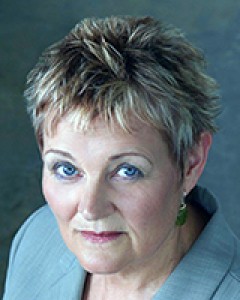early abstract:
Introduction: Travel safety culture is a vital aspect of nursing in rural western Canada, where long distances and severe weather are commonplace. However, this culture is poorly understood owing to the absence of official policy, and the tendency of rural nurses to take travel risks and burdens in stride, rather than advocating for change. Travel risks and burdens include extreme weather events such as tornadoes and blizzards; unmarked routes and hazards; distance, time and expense; and driver fatigue. In such rural settings, the safety and health of visitors, novices and students is of particular concern. The researchers sought to elicit the tacit knowledge of rural, registered nurses, and their students undertaking rural nursing preceptorships, pertaining to rural travel issues and best practices for safety and wellbeing.
Methods: Through purposive and snowball sampling, the researchers recruited seven senior nursing students and five nurse preceptors. Seven rural acute and community care sites, between 42 and 416 km distant from the students’ primary place of study, were covered by the study. Photovoice—a participant action modality—was employed to collect photographic and qualitative interview data from participants over 10 weeks, between February and April 2016. The data were analyzed thematically, in collaboration with participants, who in turn validated the results. A digital storytelling initiative was attempted, to further involve participants in dissemination of findings, but only one participant took part in this phase of the project.
Results: The central finding of the study was that nursing students learn to accept and manage limitations—and to recognize and capitalize on opportunities—when undertaking rural preceptorships. With regard to road safety, it was found the students were particularly vulnerable to long distances, hazardous conditions, fuel and cellular data expenses, and fatigue. These issues were compounded by the students’ reluctance to speak up, or to miss shifts, when they felt unsafe or unwell. Their preceptors role modeled autonomy and community ethos as the foundations of a front line, extemporaneous, road safety culture. This entailed personal safety measures borne of rural experience and background, familiarity with the countryside, and community connectedness with other health care sites in place of any official public alert system. The preceptors furthermore benefited from strong union protection for occupational health and safety concerns, but students being taught in rural settings had no such advantage.
Conclusions: Nursing students should have the same occupational health and safety protections as their rural preceptors, especially the right to refuse travel, without penalty, in unsafe circumstances. Better travel subsidies and road safety measures during rural preceptorship may help increase the likelihood of students considering a rural career path. Furthermore, the frontline, community-based road safety experience of rural nurses is an untapped source of information for educators and policymakers. Such information will become more and more vital as a diminishing number of rural nurses are called upon to care for an aging client base.


